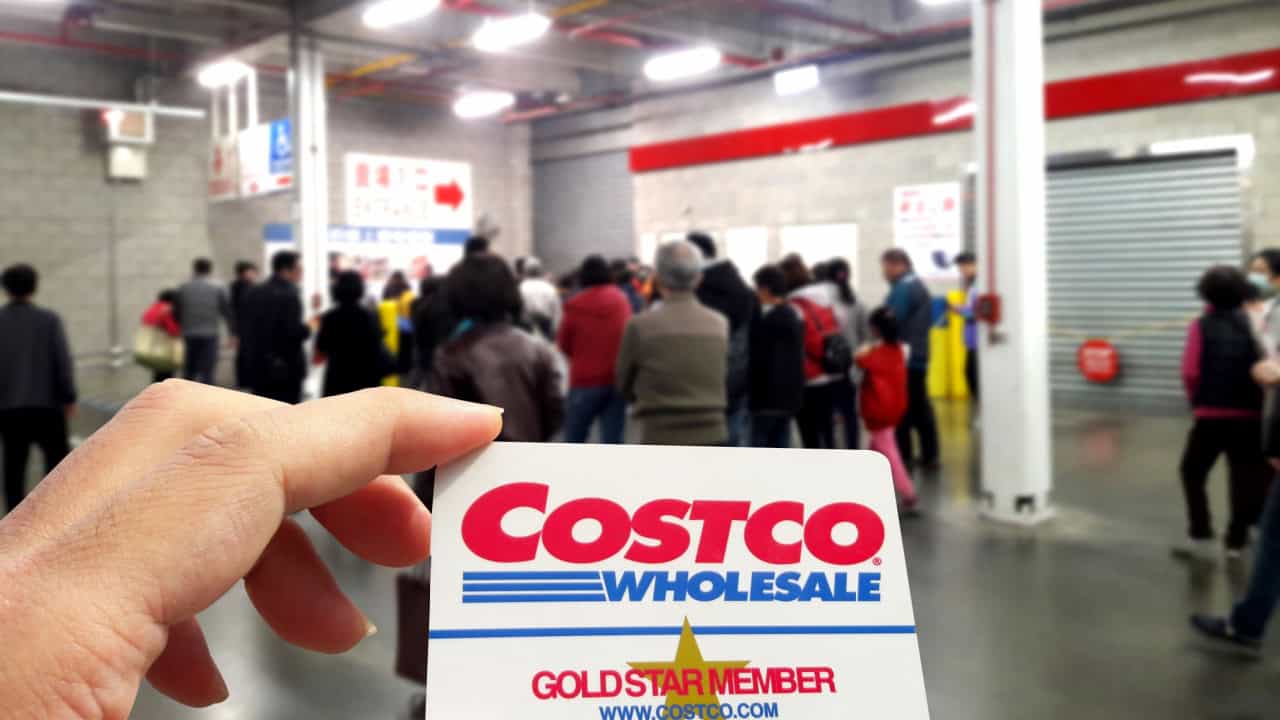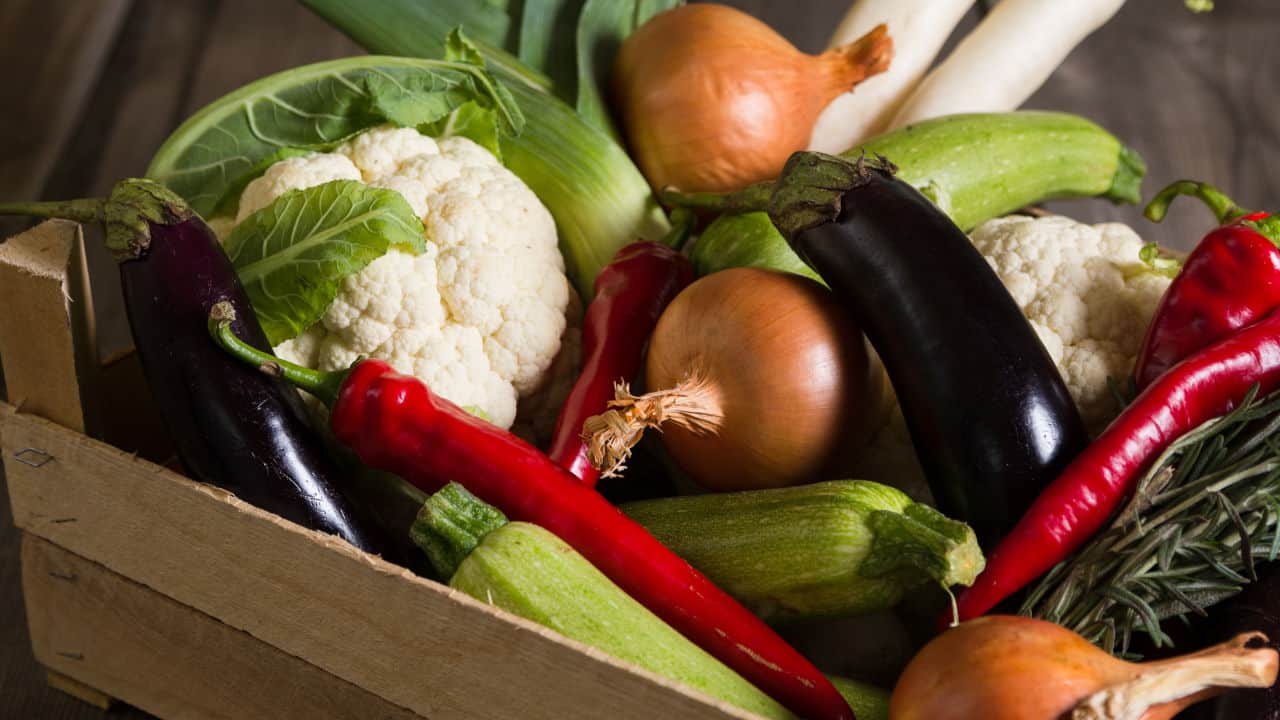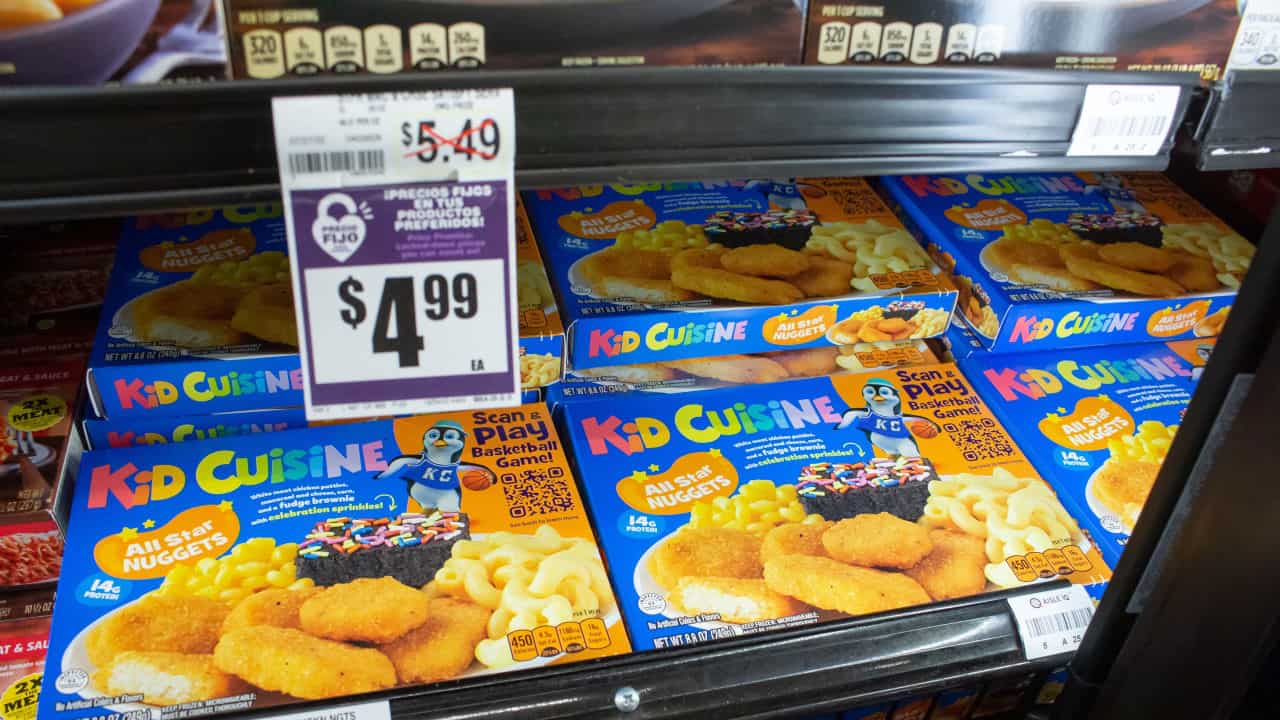THIS POST MAY CONTAIN AFFILIATE LINKS. PLEASE SEE MY DISCLOSURES. FOR MORE INFORMATION.
With today’s high prices, groceries can be one of the largest expenses in a household budget.
From buying food for our family to buying household essentials, it’s easy to see how quickly the costs can add up.
That’s why many people are looking for ways to save money on their groceries and keep their budget intact.
Whether you’re a budget-conscious shopper looking for ways to stretch your money or simply someone who enjoys finding the best deals, this article is for you.
We’ll explore 24 smart ways to save money the next time you visit your neighborhood grocery store.
So get ready to start saving because we have put together 24 of the smartest tips and tricks that you can use every time you go grocery shopping.
From planning and budgeting to smart shopping techniques, we’ve got you covered!
#1. Plan Meals

The first step to saving money on groceries starts at home by planning out your meals for the week.
This will help avoid unnecessary purchases, and you will waste less if you only buy what you are actually going to eat.
#2. Make a List

Once you have a meal plan, create a grocery list and stick to it.
If you only allow yourself to buy what is on your list, you won’t impulse shop or overspend on the amount you budgeted for groceries.
#3. Order Online

If you struggle to follow your grocery list in the store, try ordering your groceries online and picking them up instead of going into the store.
This will help you avoid the temptation of buying items not on your list.
#4. Use a Grocery Reward Credit Card

Many credit cards offer cash back or points for grocery purchases, which can add up to a lot of savings over time.
Just be sure to pay off the balance in full each month to avoid interest charges.
#5. Clip Coupons

Take some time each week to clip coupons from your newspaper or find them online and print them out.
Clip coupons only for items that you need and will use; otherwise, you defeat the purpose and spend more money in the end.
#6. Shop Wholesale Clubs

Consider joining a wholesale club like Costco or Sam’s Club to take advantage of bulk discounts.
This is a great way to save money on items that you use often or in large quantities, such as paper towels, toilet paper, and cleaning supplies.
#7. Don’t Buy Pre-Packaged Goods

Shredding your own cheese or cutting up your own veggies and fruit is much cheaper than buying pre-packaged.
These items often come with a higher price tag due to the convenience of being already prepared for you. The last time I was at the store, a pineapple cost $2.99. But a container of pre-sliced chunks costs $4.99. And I needed to buy two to equal the same amount as buying a whole pineapple.
#8. Buy Generic

Buying generic brands instead of name brands is another way to save money on your groceries.
These generic products often have the same ingredients and quality as their more expensive counterparts but at a fraction of the cost. Don’t believe me? Next time you go shopping, spend a few extra minutes and look at the ingredients on both.
#9. Use a Store Loyalty Program

Many stores offer loyalty programs that can help you save money on your purchases.
Some stores also offer exclusive sales or discounts to members of their loyalty program. Many have begun to offer digital coupons if you are a rewards member and download their app.
#10. Shop Discount Stores

Discount stores such as Aldi offer great deals on groceries that can save you a significant amount of money on your weekly groceries.
Additionally, keep an eye out for sales and discounts at these discount stores as they may offer even further savings on already low-priced items.
We shop at Aldi and Lidl for most of our food and slashed our grocery bill by over $200 a month. They even have organic food if you are into that.
#11. Eat Before You Shop

To save money, never shop when you are hungry; always eat a meal or snack before heading to the store.
This will help curb cravings and prevent you from buying items that you don’t need.
#12. Buy Store Brands

Don’t be afraid to try out store brand options, as they can save you money without sacrificing quality.
Many stores offer sales and discounts on their own brand products, making them an even more affordable choice.
#13. Pay Attention to Unit Pricing

Just because an item comes in a larger size or quantity doesn’t always mean it’s a better deal.
Always compare the unit prices of different sizes and brands to determine the best value for your money.
Sometimes, the smaller size offers a better price per unit.
#14. Use Cashback Apps

Many cashback apps offer rebates and rewards for buying specific products or shopping at certain stores.
Check the app before heading to the store to see if there are any deals on items you need, but don’t let the app sway you to buy something you don’t need. Two popular options are Shopkick and Ibotta.
#15. Shop Seasonal

Fruits and veggies in season are not only fresher and tastier, but they are also usually more affordable.
Plan your meals around this seasonal produce and also buy in bulk during peak seasons and freeze for later use.
#16. Buy Family Packs

Buying in bulk or family packs, especially when shopping for meat, is a great way to save money.
You can make more than one meal with the meat and freeze the rest for later.
#17. Stretch Times Between Trips

Try to limit your grocery store trips to once a week or even less if possible.
The more you go to the store, the more likely you will spend money.
#18. Use Pantry Items

Before you go shopping, check out your pantry to see what you have that needs to be used and create some meals around those items.
You may be surprised at how many meals you can create using what you already have on hand.
#19. Don’t Buy Packaged Snacks

Packaged snacks are often more expensive than making your own.
Try making your own snacks at home, such as granola bars, trail mix, or even dried fruit and jerky.
#20. Don’t Linger in the Store

The longer you spend in the store, the more items you may be tempted to buy.
Take your list, and once you have bought what you need, avoid browsing through aisles; just head to the checkout.
#21. Eat Plant Proteins

Plant proteins like beans and lentils are much cheaper than meat.
Using more plant-based meals in your weekly meal plan is an easy way to save money on groceries.
You can try a “meatless Monday” or one new meatless recipe each week. This is easy to do when you consider soups, salads, and pasta dishes.
#22. Freeze Items on Sale

If you find a great deal on meat, fruits, or vegetables, consider buying them in bulk and freezing them for later use.
This can save you money in the long run, as you won’t have to buy these items at a higher price when they are not on sale.
#23. Shop Mark Down Sections

Many grocery stores have sections where they put items that they have marked down because they are close to their expiration date or have damaged packaging.
These items are still perfectly good to eat and can save you a lot of money. You can use this trick to save a lot of money on meat too.
Ask the department manager when they typically mark down meats. Then shop that morning to score deals. I’ve gotten packs of chicken tenders that cost $8.99 for $3.99. Another time the meat was half off, plus buy one, get one free. Even though it is close to expiration, you can freeze it when you get home and it is good for six months.
#24. Shop Front Page Deals

Be sure to check the front page of the grocery store’s weekly ad before making your grocery list. You may find some great deals.
These deals are often advertised on the front page to draw in customers, so take advantage of them to save some money.
How To Get Free Food With No Money

If you are short on cash, not eating doesn’t have to be a reality.
There are options out there that allow you to get free food, even if you don’t have any cash. Here is what you need to do.
How To Get Free Food With No Money
How To Start Over Financially At 50

It can be difficult to start over financially at any age. But when you are 50, there is added pressure.
Not only do you have a limited number of working years left, but you also see how well others in your peer group are doing.
If you are starting over at 50, don’t give up hope. Here is how to drastically improve your finances.
HOW TO START OVER FINANCIALLY AT 50
I have over 15 years experience in the financial services industry and 20 years investing in the stock market. I have both my undergrad and graduate degrees in Finance, and am FINRA Series 65 licensed and have a Certificate in Financial Planning.
Visit my About Me page to learn more about me and why I am your trusted personal finance expert.

